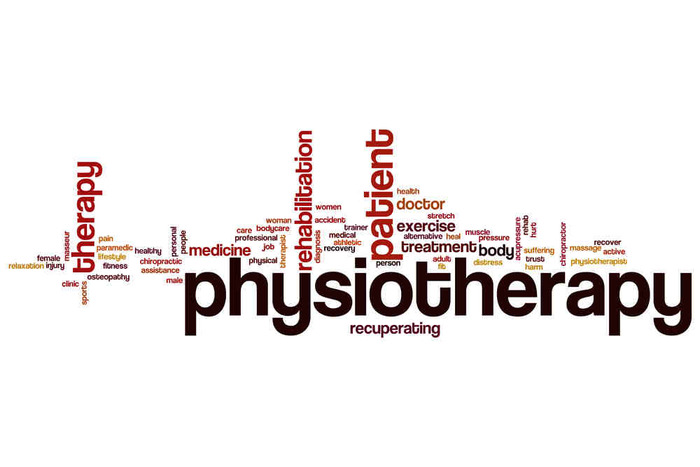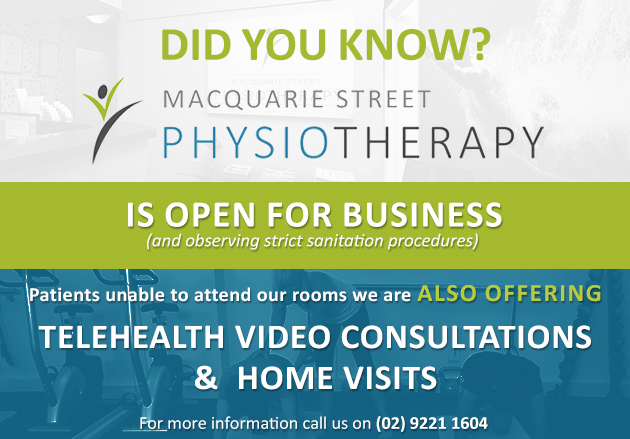News & Tips
New Studies on Diabetes and Recovery After TKR and Other Physiotherapy Solutions

The following two points summarize research that has been presented in the Journal of Physiotherapy, December 2014:
Diabetes and recovery after Total Knee Replacement (TKR)
The risk of complications for diabetic patients after TKR is only increased if the patient finds pre-operatively that their diabetes impacts on the conducting routine daily activities. Physiotherapists can therefore identify people at risk of a slow or complicated recovery after knee surgery simply by looking into how people are finding diabetes is impacting on day-to-day life.
Kinesio taping for drainage of ankle swelling
The Kinesio taping technique has become a popular treatment with athletes – most people have seen various sportspeople with this stretchy colourful tape supporting muscles or joints. A recent study from Brazil hoped to show that application of the tape also reduces swelling after acute injury. However, this particular study showed that while not questioning the benefit in terms of support, there was no particular benefit in reducing ankle swelling after acute injury. Further research will likely be conducted in the future, as reducing swelling after injury is an important early step in recovery.
The following was from “Research Roundtable” article in APA’s InTouch magazine, Issue 2, 2014
Treating a “droopy” shoulder blade
Often we are told that shoulders need to be kept “down and back”, and in certain people who shrug their shoulders habitually, this may be good advice. However, research into shoulder pain in people with “droopy” (or downwardly rotated) shoulders shows that this one-size-fits-all approach does not work. These people need to be given exercises to increase the strength of upper trapezius muscles, and research in this area shows that such exercises reduce shoulder pain in these cases. An exercise as simple as a shrug will help recruit upper trapezius and allow the shoulder to move more normally. With the scapula correctly positioned, theraband exercises can then be used for strengthening rotator cuff and then develop into sports-specific strengthening. Your physiotherapist will tell you which type of shoulder exercise is best for you.
The following is based on an article titled “Eye on Research” in InMotion magazine, June 2014, which looked at the APA members who were conducting research and innovative change in the public sector:
Physiotherapists in the Accident and Emergency department.
Musculoskeletal problems are one of the most commonly managed problems in the Casualty department of hospitals. In this acute setting, a high proportion of patients, once assessed, need casting, splinting, tape, crutches, advice. These are areas of expertise for physiotherapists, who can take the load off doctors and nurses who are needed for other urgent medical conditions. More and more, Accident and Emergency departments are employing physiotherapists to treat musculoskeletal conditions. This means that patients are also educated about whether they need to see a physio further down the track.
In addition to this, in Queensland, the Orthopaedic Physiotherapy Screening Clinic and Multidisciplinary Service has been an innovative model of care for the management of patients who are referred by their GP for outpatient specialist consultation at public hospitals. These patients can be waiting many months to see a specialist, so are referred to the Screening Clinic. Here they screen and select the ones who are appropriate for non-surgical management. Physiotherapy treatment is then provided along with possibly occupational therapy and social work, depending on the circumstances. This type of clinic is now successfully operating in 13 Queensland hospitals.
Do you have questions about how physiotherapy could be your solution? Please contact us at Macquarie Street Physiotherapy located in the heart of the Sydney City CBD, next to Martin Place.








